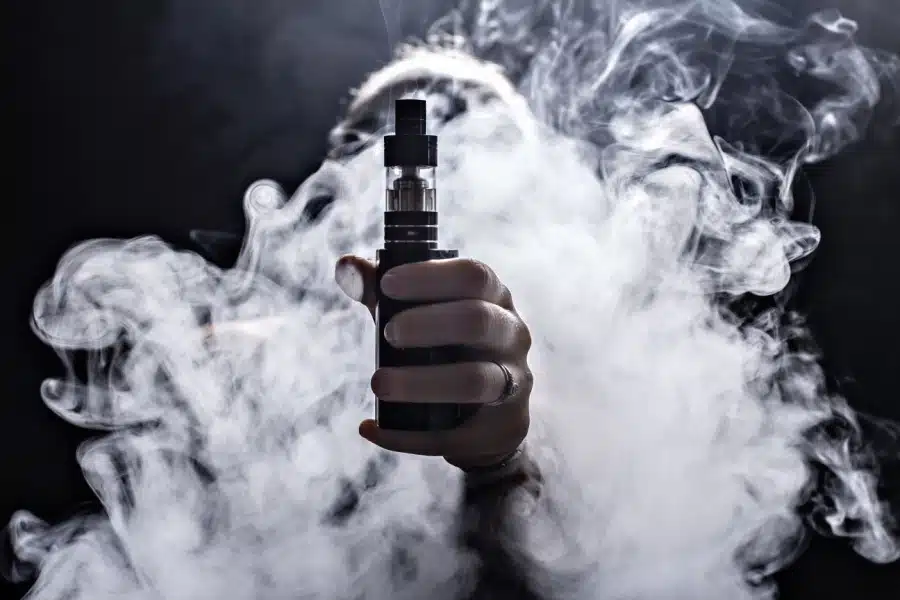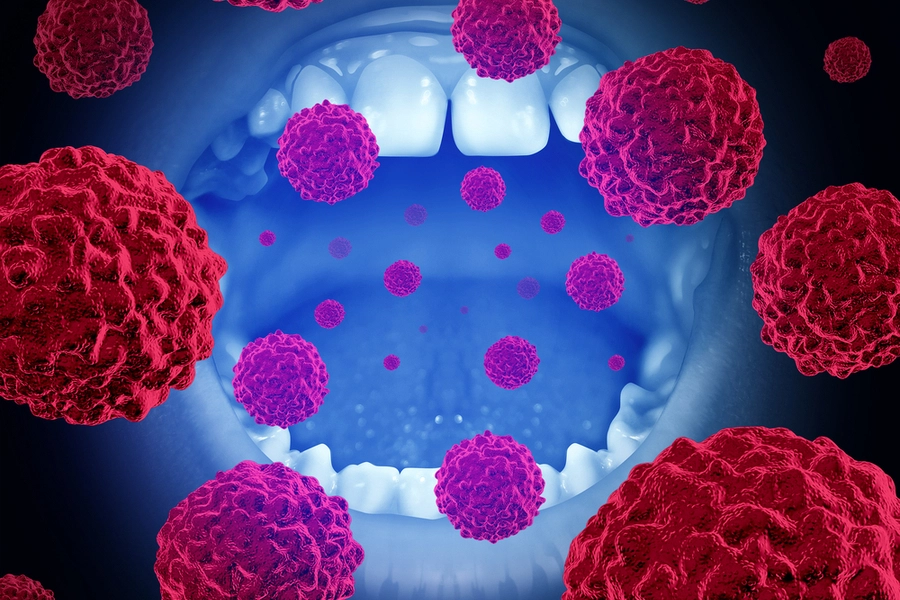A third of dental practices in England expected to open, as lockdown measures are eased gradually
A third of dental practices in England are expected to open in the week commencing Monday 8th June, as lockdown measures continue to be eased gradually.
The Health Secretary, Matt Hancock, confirmed that practices in England would be able to open from June 8th at a daily press briefing, and around a third of clinics are now up and running. It is expected that several more will follow suit in the coming days and weeks.
Initially, many practices will be offering a reduced service, with patients in need of urgent treatment and those who were in the middle of a course of treatment when lockdown was enforced likely to be prioritised. Urgent dental centres will continue to provide emergency treatment and services, which cannot currently be provided in high street clinics. It may be several weeks until routine services resume.
There has been a great deal of debate surrounding the reopening of dental surgeries, with some dentists calling for an earlier reopening, and others complaining about a lack of notice. One issue that has been raised by several practice owners is a lack of PPE, which could prevent a larger number of practices from reopening in the early stages. There is a global shortage of PPE and the cost of masks, gowns and visors has rocketed since the outbreak took hold.
At present, practices in England can reopen, but clinics remain closed in Wales and Scotland. The Chief Dental Officer for Wales confirmed that a phased return to work would begin in July, but indicated that it could be months before patients can access routine services. The move has been criticised by some dentists, who are eager to get practice doors open as soon as possible.
English practices have employed a series of protective measures to shield patients and staff, including adding screens and social distancing signs in communal areas, increasing the frequency of cleaning regimes and testing a patient’s temperature on entry. It is hoped that the industry can get up and running again, while also keeping the risk of transmission and infection at the lowest possible level.


